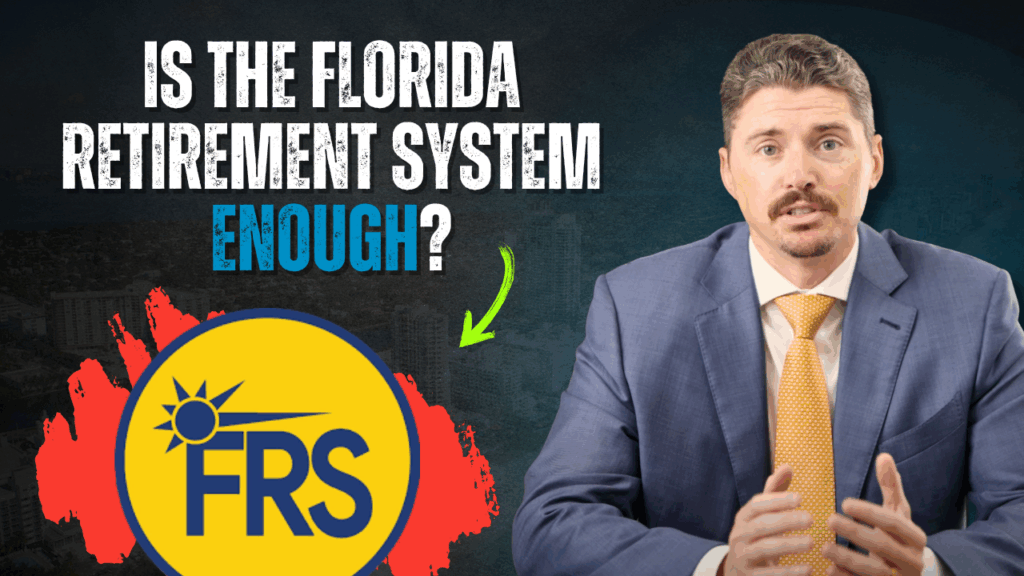Congratulations! You’ve retired here in Lakewood Ranch and can now spend your days hitting the greens at the Lakewood National Golf Club, checking out polo matches at the Sarasota Polo Club, or sipping on craft beer at Good Liquid Brewing Company in the up-and-coming Waterside Place waterfront neighborhood. But before you start splurging, you have to figure out where the money to pay for it all will come from. This is called your Order of Withdrawal Strategy.
Hopefully, you have a variety of retirement income sources to choose from, whether it be a company 401(K), IRA, a Roth variant of either, a pension, social security, or something else. Assuming you have all of the above, the below strategy is a general withdrawal strategy, though it may differ depending on your financial situation.
1. Taxable Accounts
A general rule of thumb is to pull from taxable accounts first, such as an investment account from a brokerage. Your taxes will be kept to a minimum since any withdrawals will be taxed at a capital gains rate of a maximum of 15% at the time of writing. This will allow your tax-advantaged retirement accounts to continue to grow tax-deferred or tax-free if it is a Roth. The longer they grow without being taxed, the better!
2. Tax-Deferred Accounts
Next, you’ll want to start pulling from tax-deferred accounts, such as a 401(K) or IRA, usually before you start receiving social security checks. This will help you pay fewer taxes because, with a lower income, you will be in a lower tax bracket. Once you start taking social security benefits, your tax rate may go up. There are cases when you may want to start pulling from social security first, such as during a market downturn when your portfolio needs time to recover.
If that’s not the case, next you’ll want to wait until you reach full retirement age before you start taking social security. If you’re able to, wait even longer! Waiting until the age of 70 will significantly increase your monthly income for the rest of your life. According to the Social Security Administration, if you were to retire in 2022 at age 62, you would receive, at maximum, $2,364 a month. If you were 65, you would get up to $3,345 per month. But if you were 70, your maximum would be $4,194. As you can see, it’s quite worth it to wait until 70 if you can. There’s no point in holding off until after 70 though, as there is no added benefit.
3. Tax-Free Accounts
Finally, you’ll want to start pulling from your Roth accounts. Since these investment accounts grow tax-free, you want to utilize the magic of compound growth for as long as possible. The Roth also has other unique benefits. Unlike a traditional IRA or Roth 401(K), there are no age restrictions as to when you must start withdrawing from them. In theory, you could leave funds in a Roth until you are 90, 95, or 100 years old, or until you pass. If you plan on leaving an inheritance, a Roth is a great way to pass on funds tax-free.
Contact Us
If you’d like to find the best withdrawal strategy for you, click the button below to schedule a free introductory meeting in our Lakewood Ranch office or a quick phone call.



















